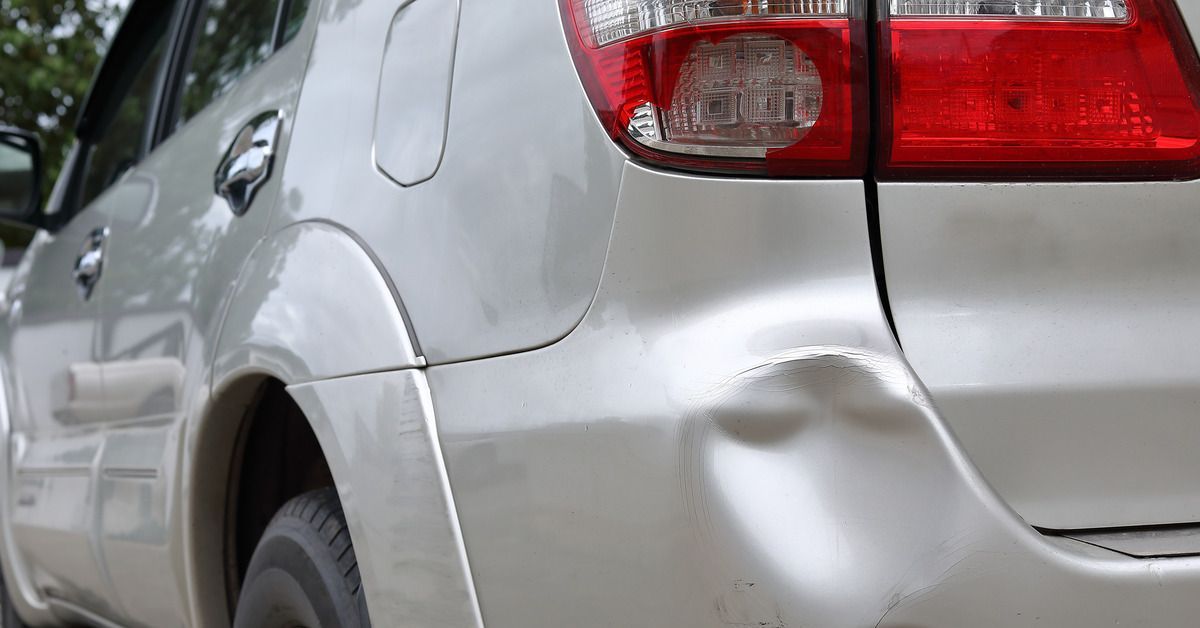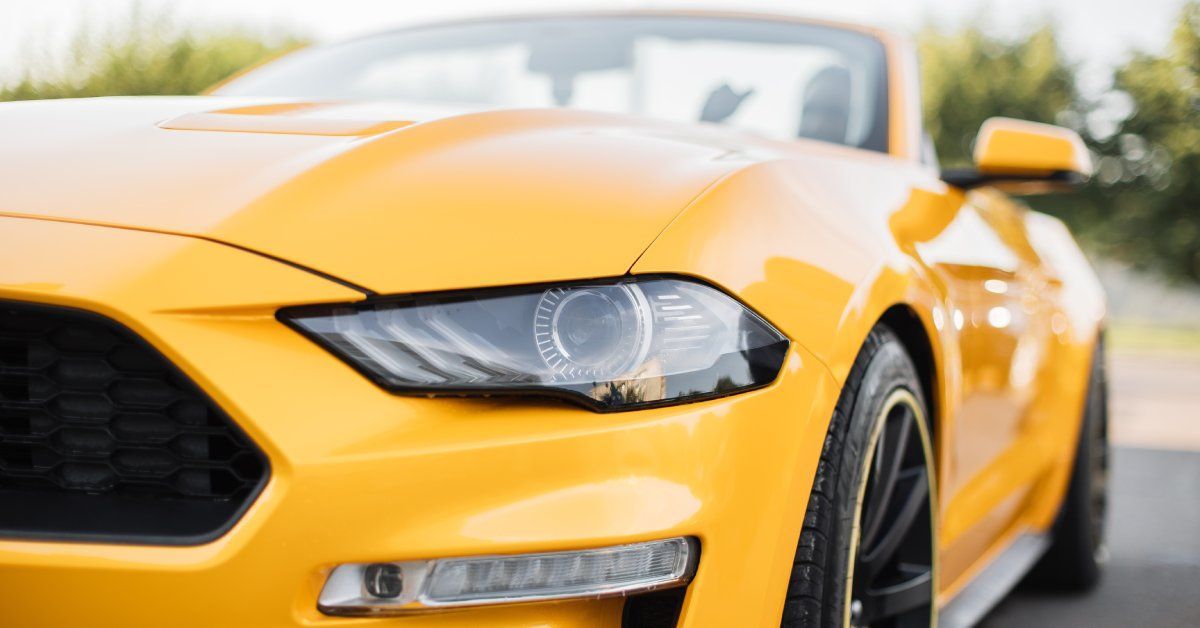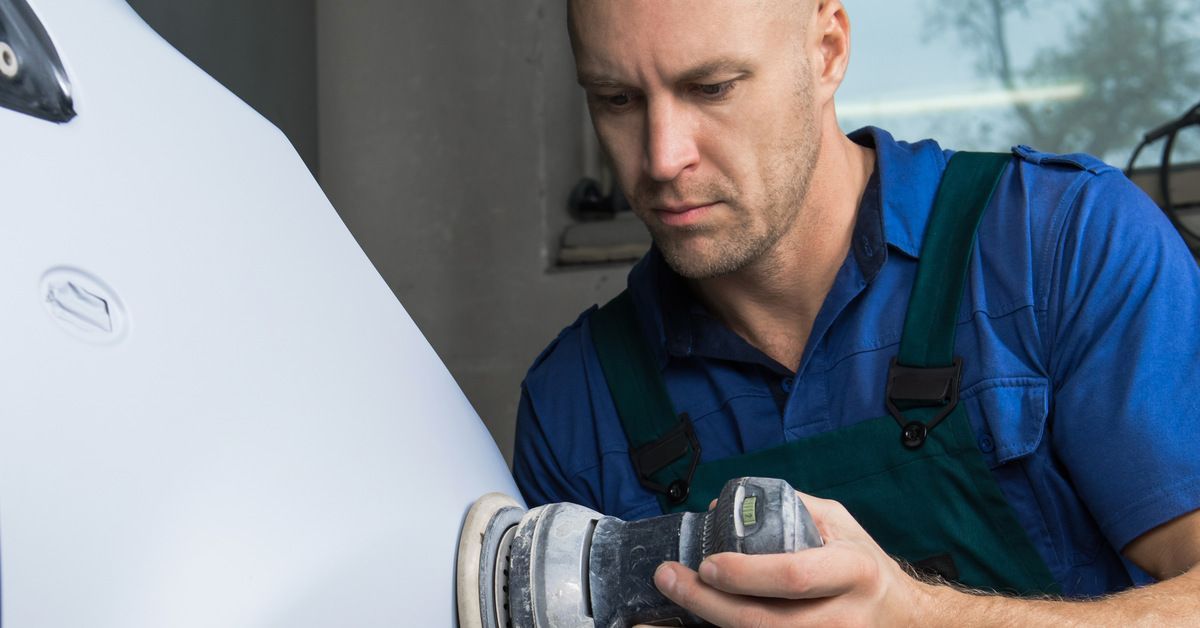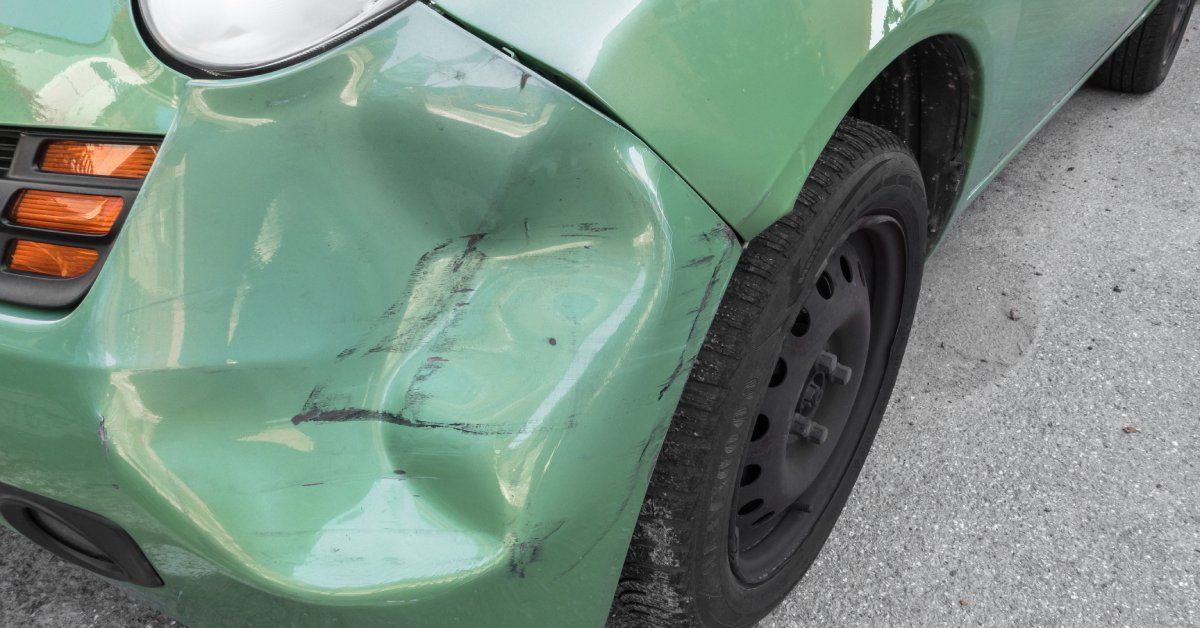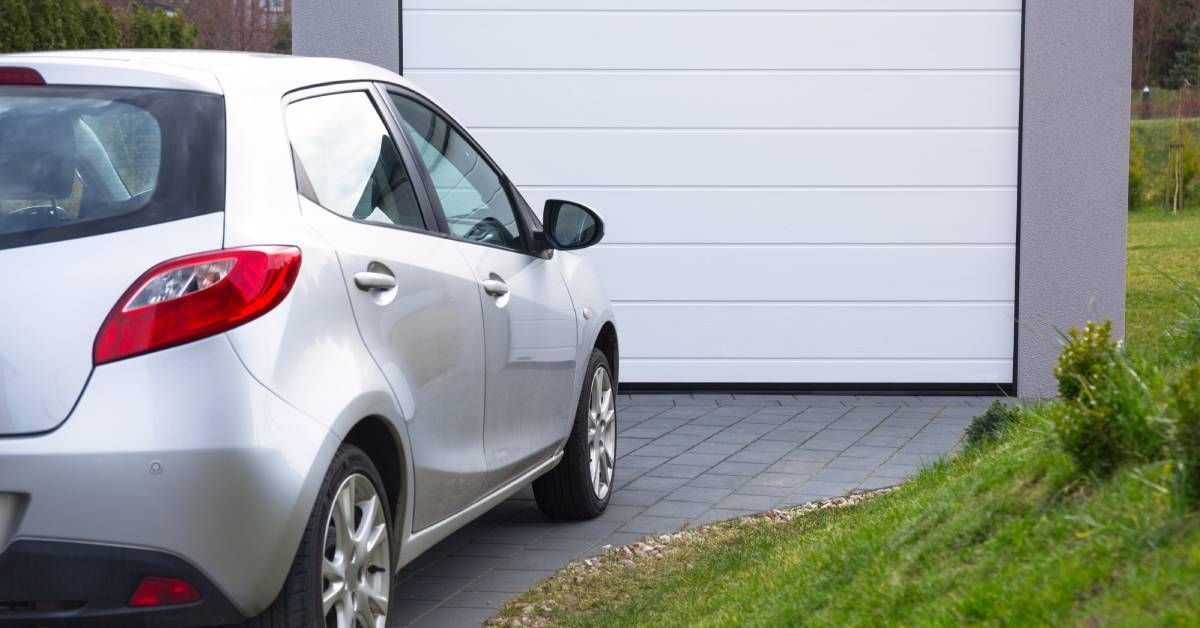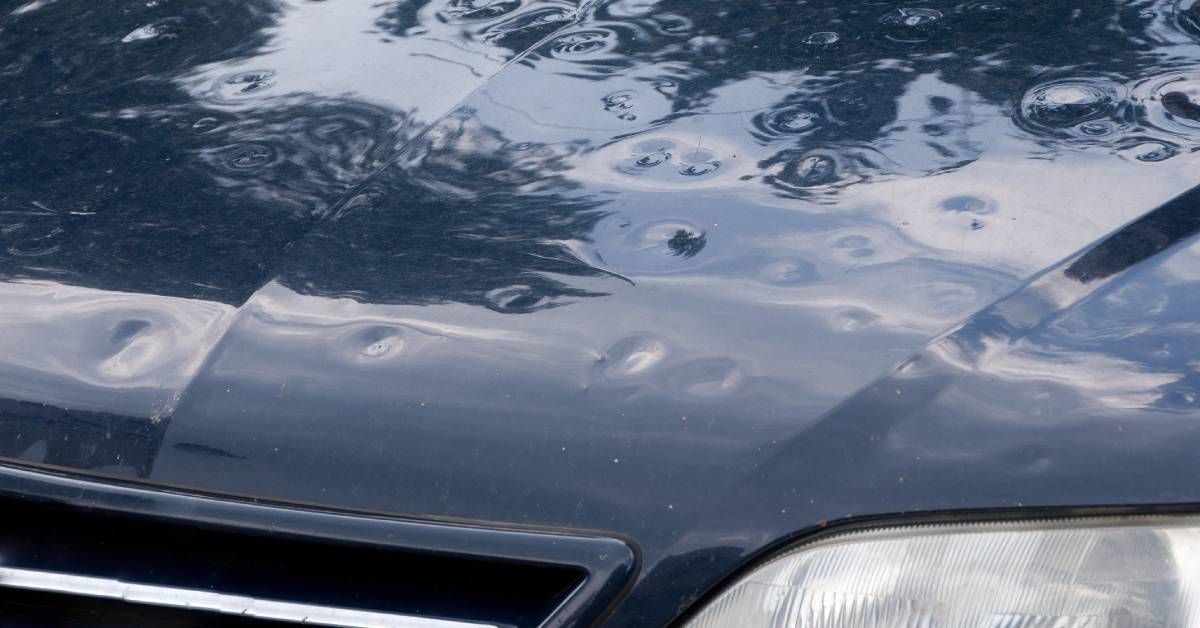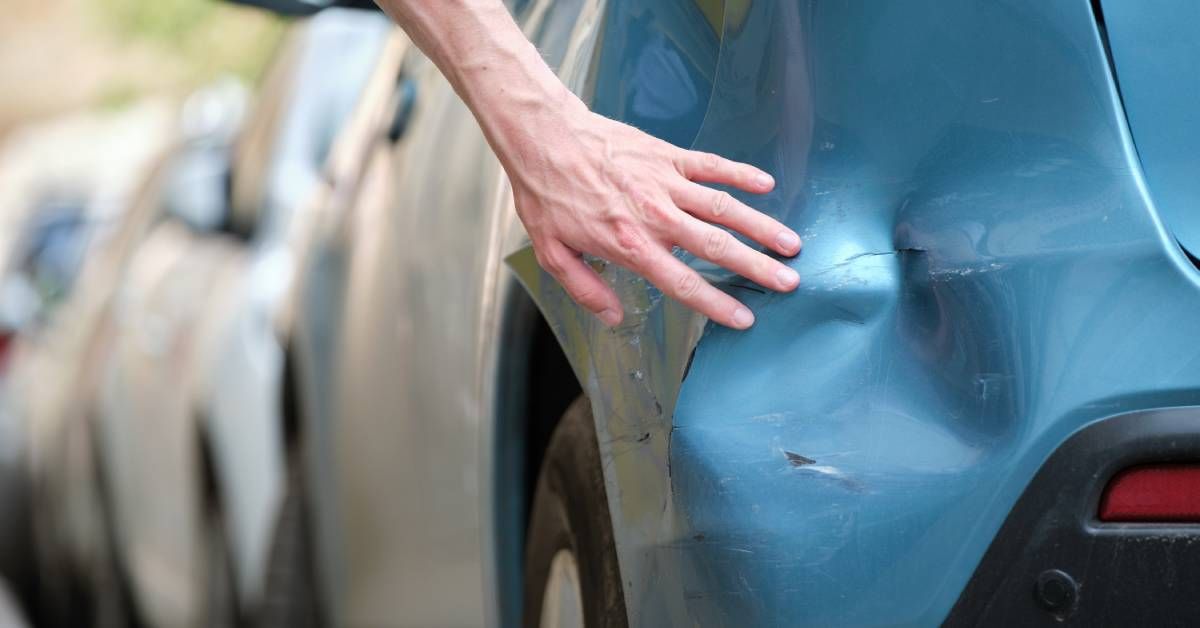The Process of Painting a Car
- By Tony Mers
- •
- 02 Mar, 2021
- •

About 72% of car accidents result in property damage that requires body repair. Unfortunately, not every auto paint shop takes the steps that are required for painting a car to get the best results. Returning your car to like-new condition after a car accident starts with choosing a professional car body shop that is committed to not cutting corners in the process.
Painting a car is not as simple as spraying on some paint; it is a process. Understanding the process of painting a car the right way will ensure that you know what to look for in an auto body repair service.
Underneath the Paint
New paint can make any car look great, but if there is anything wrong with the body, it will amplify the problem. You cannot simply paint over mars, dings, dents, and other issues.
Painting a car starts with a clean slate. Any issues with the body must be resolved before the paint goes on. Covering up problems with paint just does not work. The right body shop knows how to give you that good-as-new look by repairing underlying damages.
Pre-Paint Prep
Layers of Paint
Once all the prep work is done, the paint can be applied. This is another slow and steady process. Layer after layer of paint must be applied with rest time in between to allow for drying. The process can take several days.
The environment that the painting occurs is also a critical component of what type of results you will get. A professional body shop should have “clean rooms” or areas to ensure that the paint is applied in a dust-free environment.
Final Steps
After all of the painting is complete, the car needs to be thoroughly wiped down again and protected from dust and debris before the clear coat finish can be added. When painting a car is done correctly and diligently, it is impossible to detect prior damage.
Do not risk your vehicle receiving a poor paint job. Choose an auto paint shop that takes pride in a job well done so your car can look good-as-new after an incident.

